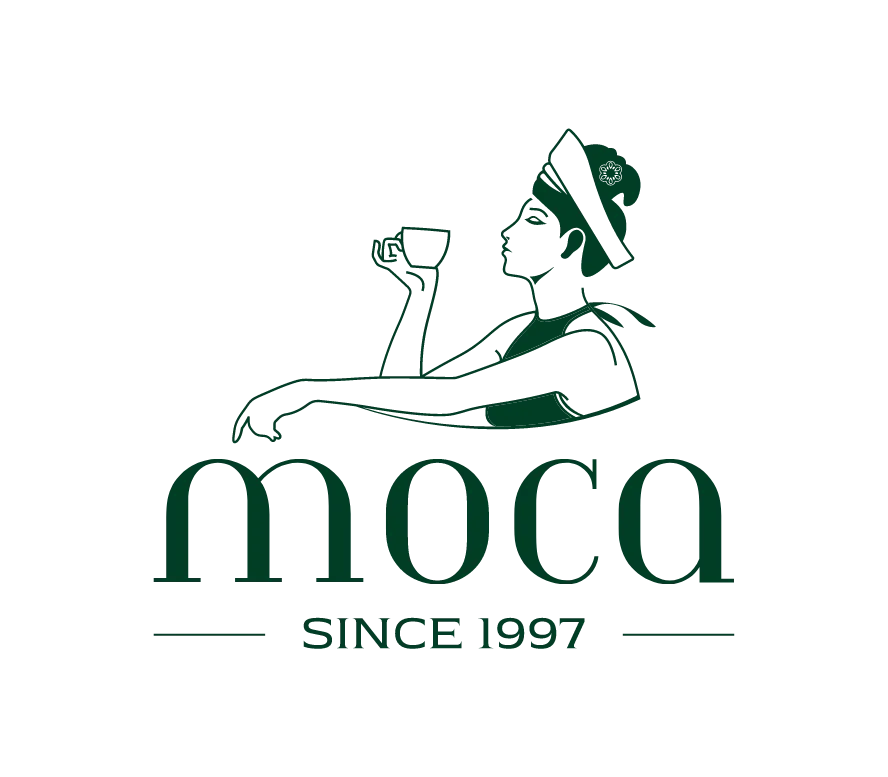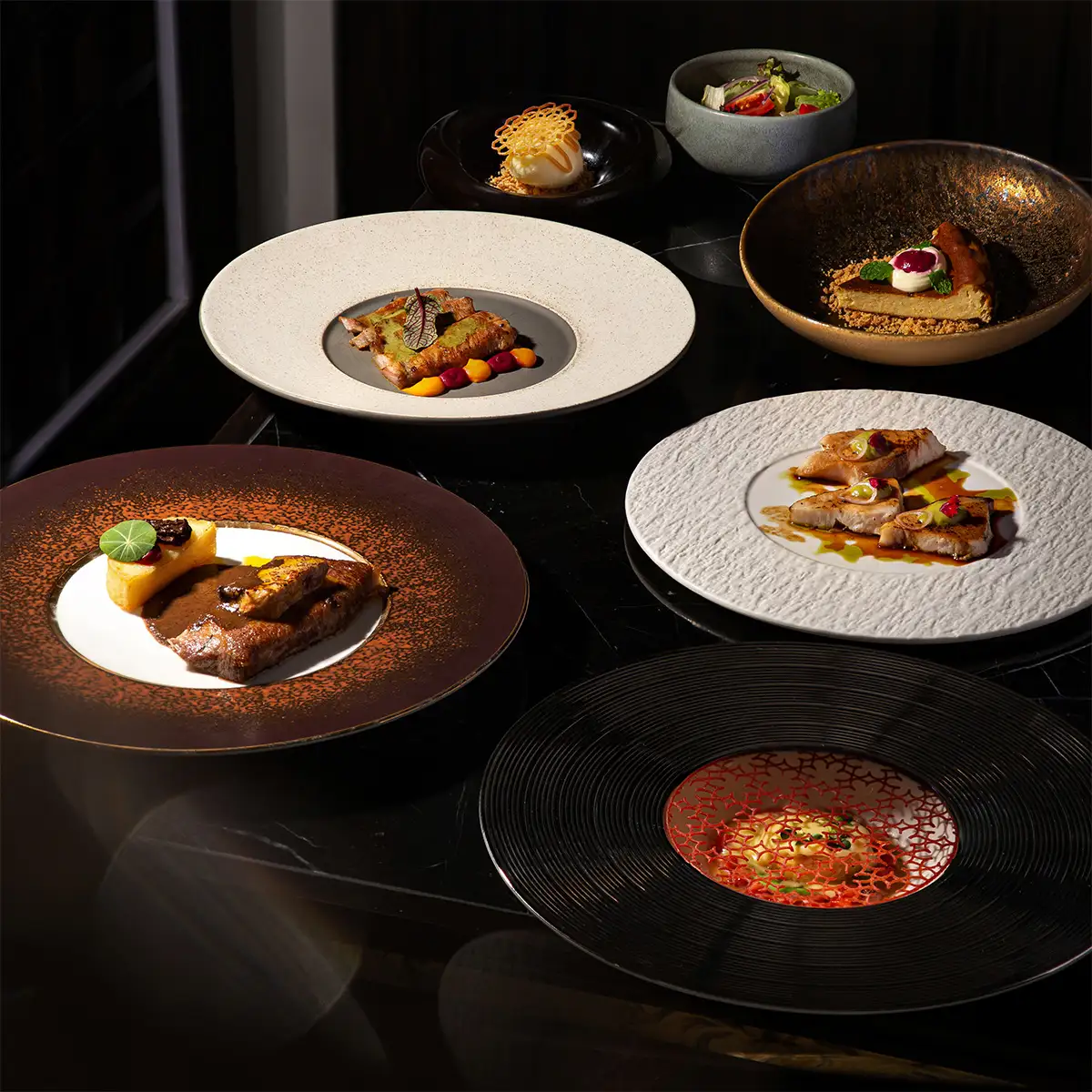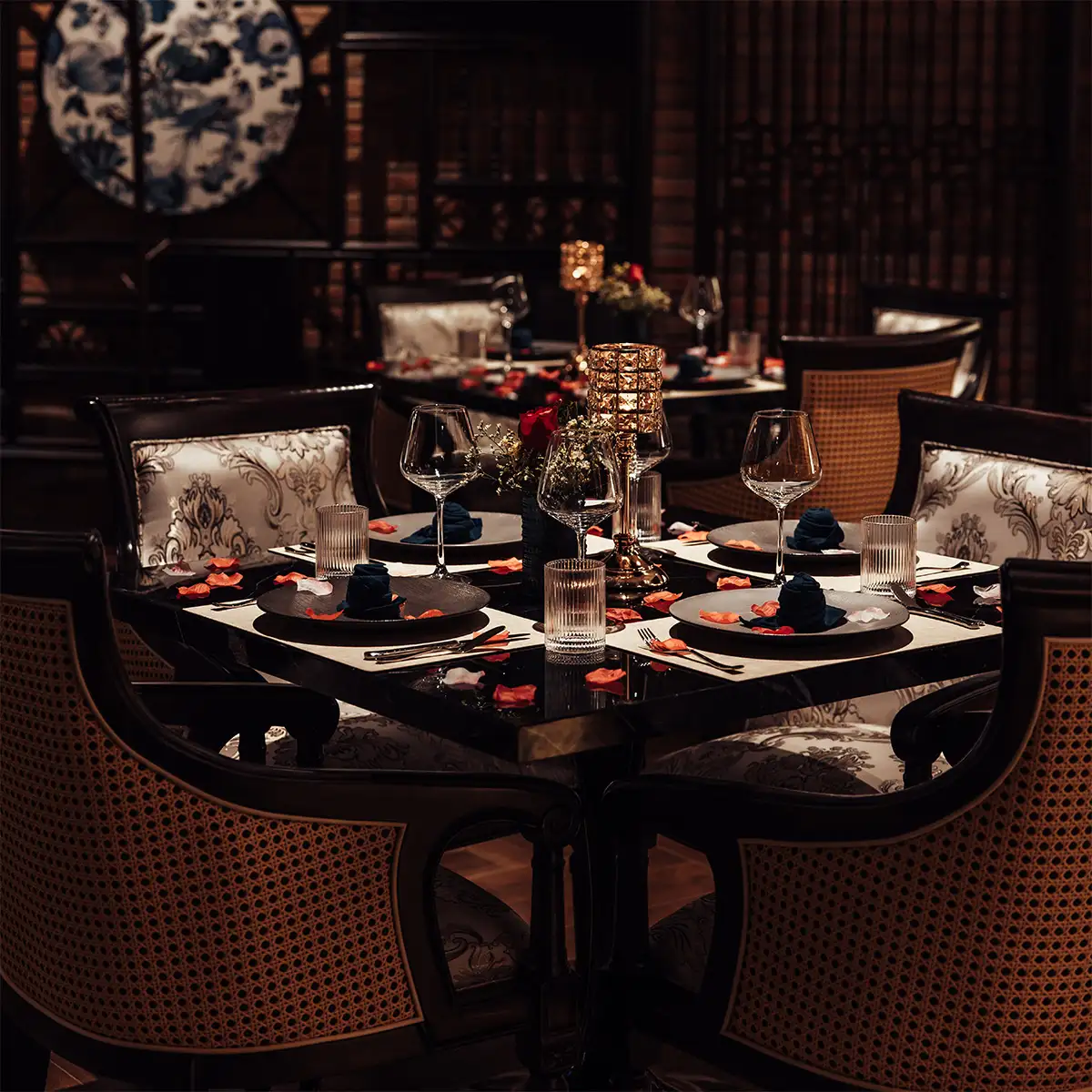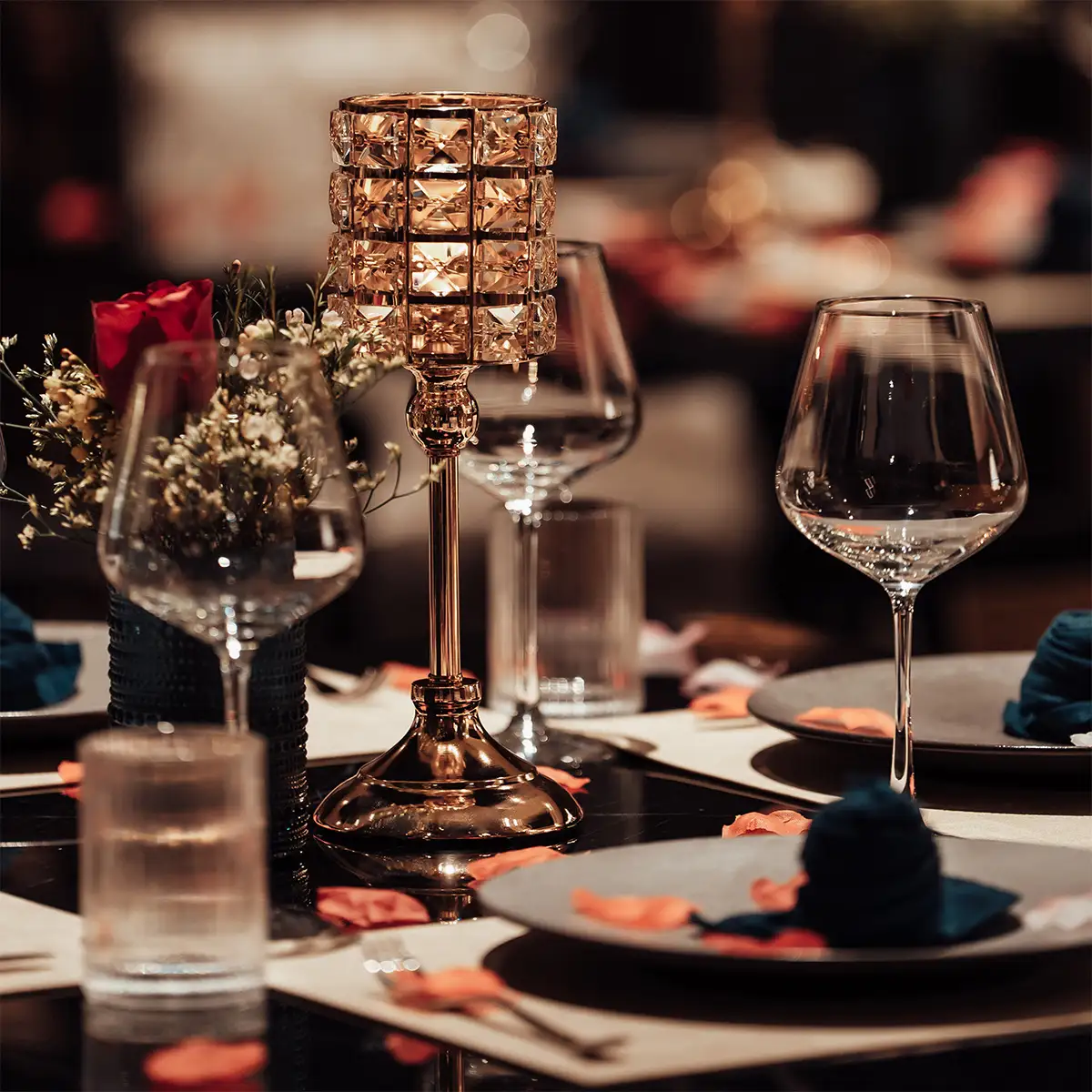Michelin Stars are widely regarded as the pinnacle of culinary achievement, but it's important to recognize that a restaurant's ambiance plays a crucial role in shaping the overall dining experience. The Michelin restaurant ambiance significantly influences how guests perceive both the food and the atmosphere, which is key to the Michelin inspectors' evaluation process. This article delves into the essential elements of Michelin-worthy ambiance, examining how they contribute to a restaurant's success in earning and retaining prestigious Michelin Stars. By understanding these factors, restaurants can strategically enhance their ambiance, ensuring an unforgettable dining experience that meets the high standards set by Michelin.
1. The holistic dining experience: More than just food
It's paramount to understand that Michelin inspectors don't solely assess the quality of the cuisine when awarding stars. Their evaluation encompasses the entire dining experience, considering every element from the moment a guest enters the restaurant to their departure. This holistic approach recognizes that dining is a multi-sensory event where ambiance plays an indispensable role.
The ambiance of a restaurant significantly contributes to the overall impression and can either elevate or detract from the meal itself. A meticulously crafted menu can be undermined by uncomfortable seating, poor lighting, or disruptive noise levels. Conversely, a well-designed and thoughtfully executed ambiance can enhance even the most exquisite dishes, creating a synergistic effect that elevates the entire experience.
Creating a cohesive and memorable experience for diners is, therefore, of utmost importance. A Michelin-worthy restaurant understands that every detail matters, from the décor and music to the service and table setting. By carefully curating each of these elements, restaurants can create an ambiance that complements their culinary offerings and leaves a lasting positive impression on their guests, solidifying their reputation and enhancing their chances of Michelin Star recognition. The creation of the perfect Michelin restaurant ambiance is truly an art form.
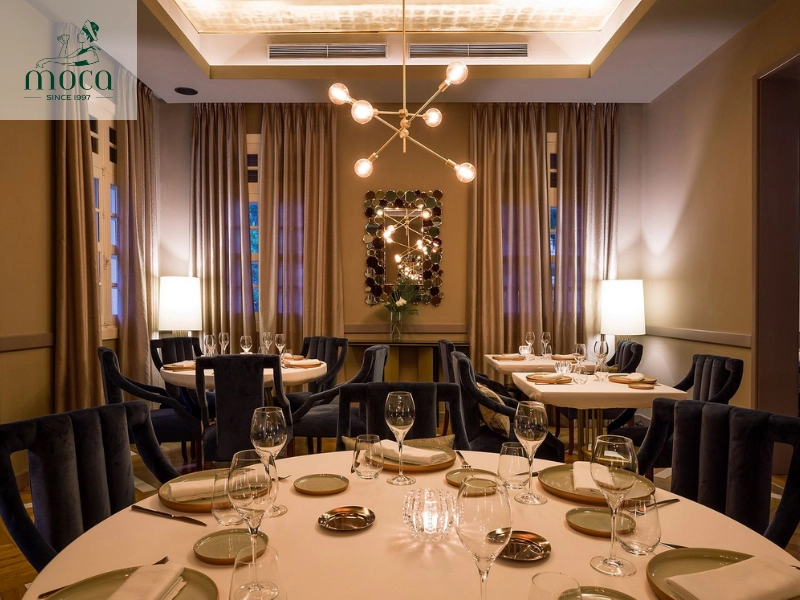
A perfect Michelin restaurant ambiance combines lighting, décor, and service for an unforgettable dining experience.
Learn more: How Many Michelin Star Restaurant In Viet Nam
2. Key elements of michelin-worthy ambiance
Creating a Michelin restaurant ambiance requires meticulous attention to detail across several key elements. These elements work in harmony to create a cohesive and unforgettable dining experience.
Decor and design:
- Thoughtful and intentional design is paramount in establishing the desired atmosphere. The décor should reflect the restaurant's culinary philosophy and target clientele. Different styles, from classic elegance to modern minimalism, can effectively contribute to the overall atmosphere. For instance, a French-inspired restaurant might feature ornate chandeliers and rich fabrics, while a contemporary establishment could opt for clean lines, neutral colors, and minimalist artwork.
- The use of high-quality materials, attention to detail, and a sense of harmony are crucial. Every element, from the flooring to the wall coverings, should be carefully selected to create a visually appealing and cohesive space.
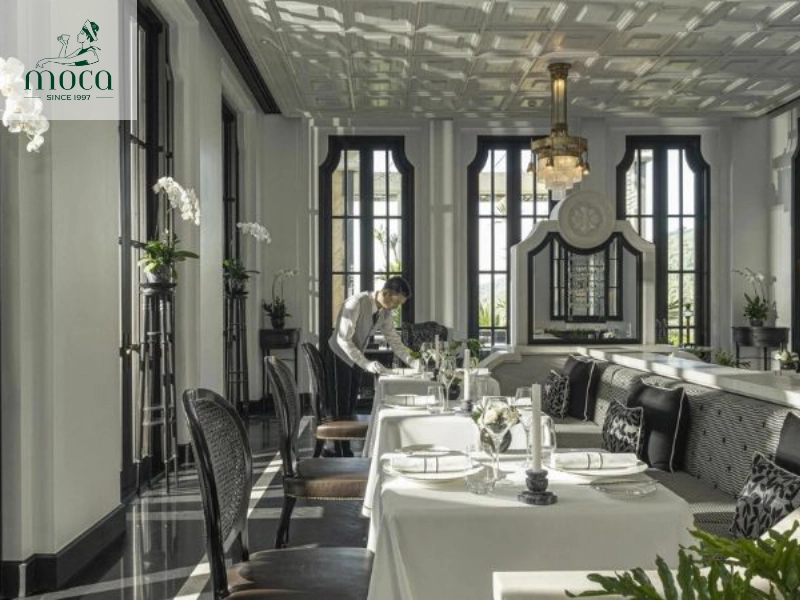
Elegant décor and thoughtful design elements create a cohesive and inviting atmosphere that complements the dining experience.
Lighting:
- Lighting plays a critical role in setting the mood and creating a specific atmosphere. The strategic use of natural light, ambient lighting, and task lighting is essential for enhancing the dining experience. Natural light should be maximized during daytime hours to create a bright and airy atmosphere. Ambient lighting, such as dimmable overhead fixtures and wall sconces, can be used to create a warm and inviting glow in the evening. Task lighting, such as spotlights on tables, can highlight the food and create a sense of intimacy.
- It's crucial to avoid harsh or unflattering lighting, which can detract from the dining experience. Instead, opt for soft, warm lighting that flatters the guests and creates a relaxed atmosphere.

Soft lighting creates a warm, inviting atmosphere for an enhanced dining experience.
Music and sound:
- Music is a powerful tool for creating a specific ambiance. The selection of music should be appropriate for the restaurant's style and clientele. A formal Michelin-starred restaurant might opt for classical music or jazz, while a more casual establishment could play contemporary instrumental music.
- Controlling noise levels is also essential for creating a comfortable and intimate atmosphere. Excessive noise can be disruptive and make it difficult for guests to converse. Restaurants can mitigate noise levels by using sound-absorbing materials, such as acoustic panels and carpets, and by carefully positioning tables to minimize sound transmission.
Table setting:
- The table setting contributes significantly to the overall sense of elegance and sophistication. High-quality linens, silverware, glassware, and china are essential for creating a Michelin-worthy presentation. Attention to detail is paramount, from the placement of the silverware to the polishing of the glassware.
- Impeccable presentation is also crucial. The table should be clean, uncluttered, and visually appealing. Centerpieces, such as floral arrangements or candles, can add a touch of elegance and create a focal point.
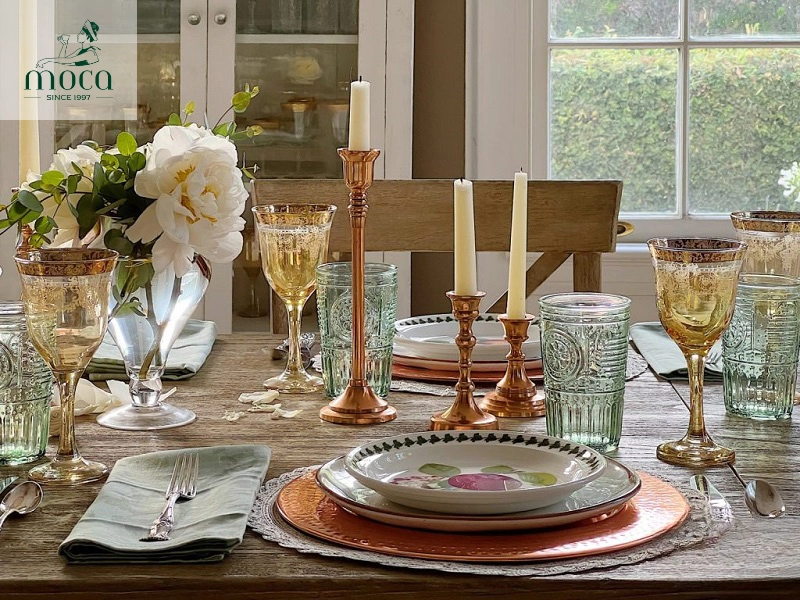
Elegant table settings with refined details elevate the dining experience to Michelin standards.
Service:
- Attentive, knowledgeable, and professional service is the cornerstone of a Michelin-starred restaurant. The staff should be well-trained, courteous, and able to anticipate diners' needs. Providing personalized recommendations, answering questions knowledgeably, and creating a welcoming and hospitable atmosphere are essential for exceeding guests' expectations.
- Teamwork and communication among the staff are also crucial. The front-of-house and back-of-house teams should work seamlessly together to ensure that every guest receives a flawless dining experience.
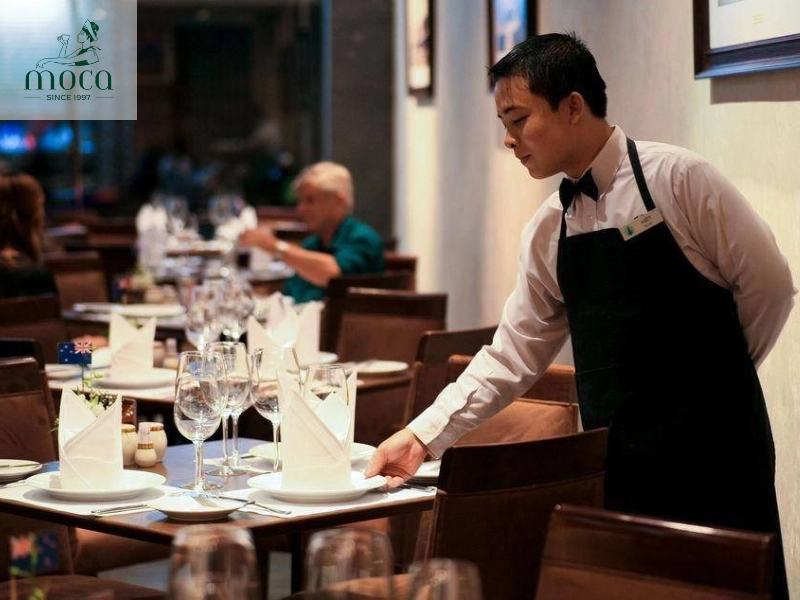
Exceptional service marked by professionalism and attentiveness defines the Michelin dining experience.
Smell:
- The subtle but important role of scent in creating an inviting atmosphere should not be overlooked. Pleasant aromas from the kitchen or carefully chosen floral arrangements can enhance the dining experience. The scent of freshly baked bread or a simmering sauce can evoke feelings of comfort and anticipation.
- It's crucial to avoid unpleasant odors, such as stale food or cleaning products, which can detract from the dining experience. Restaurants should invest in proper ventilation and cleaning protocols to ensure that the air is fresh and clean.
3. Creating a sense of place
Many Michelin-starred restaurants strive to create a unique "sense of place" – an atmosphere that deeply resonates with their location, history, or culinary philosophy. This goes beyond mere decoration; it's about crafting an environment that tells a story and immerses diners in a specific cultural or historical context. This dedication to creating a unique identity is a significant aspect of Michelin restaurant ambiance.
The use of local materials, artwork, and cultural references is key to enhancing the authenticity of the dining experience. For example, a restaurant located in a coastal town might incorporate driftwood, seashells, and nautical-themed artwork into its décor. A restaurant with a focus on regional cuisine might feature local pottery, textiles, and historical photographs.
Examples:
Consider a hypothetical Michelin-starred restaurant in Kyoto, Japan. To create a strong sense of place, the restaurant might:
- Use traditional tatami mats and shoji screens in its design.
- Display local pottery and calligraphy.
- Serve dishes on handcrafted lacquerware.
- Feature a small Zen garden visible from the dining room.
Another example could be a restaurant in a historic building in Rome, Italy. The restaurant might:
- Preserve original architectural features, such as exposed brick walls and vaulted ceilings.
- Display Roman artifacts and artwork.
- Serve traditional Roman dishes using locally sourced ingredients.
By carefully curating these elements, restaurants can create an ambiance that is both visually stunning and deeply meaningful, enhancing the overall dining experience and solidifying their connection to their surroundings. The creation of a strong sense of place is a hallmark of a truly exceptional Michelin restaurant ambiance.
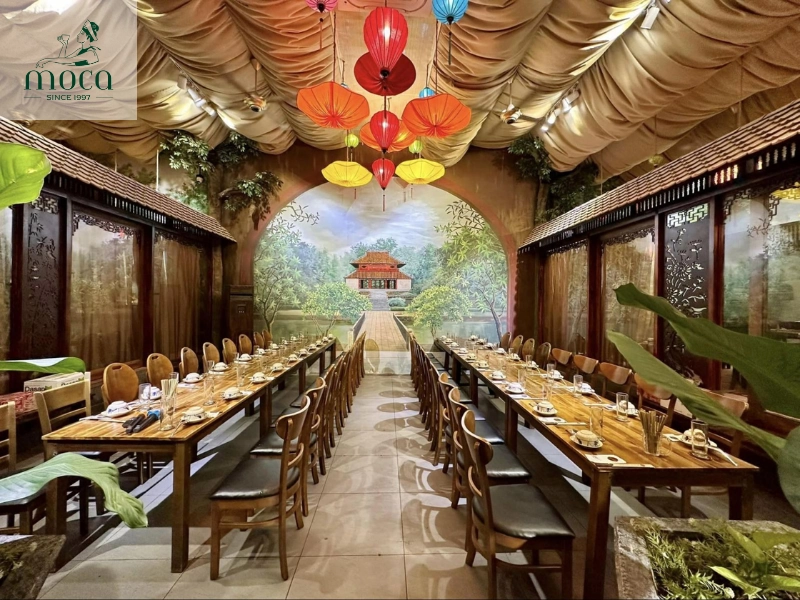
Incorporating local materials and cultural references adds authenticity, creating a deeper connection to the dining experience.
Learn more: Michelin Chef Recipes: Bring Starred Cuisine to Your Kitchen
4. The subjectivity of ambiance
It's important to acknowledge that ambiance is inherently subjective. What one diner finds charming and inviting, another might perceive as distracting or even off-putting. Different individuals have different preferences when it comes to décor, music, lighting, and overall atmosphere. Therefore, there is no single "perfect" Michelin restaurant ambiance.
However, Michelin inspectors don't simply evaluate ambiance based on personal taste. Instead, they consider the overall consistency and harmony of the ambiance in relation to the restaurant's culinary style and target clientele. The key is whether the ambiance effectively complements and enhances the dining experience that the restaurant is trying to create.
For example, a fine-dining restaurant serving classic French cuisine would be expected to have a more formal and elegant ambiance than a casual bistro serving regional specialties. The Michelin inspectors would assess whether the décor, music, lighting, and service are all aligned with the restaurant's culinary concept and target audience. A successful Michelin restaurant ambiance is one that feels authentic, intentional, and perfectly suited to the overall dining experience.
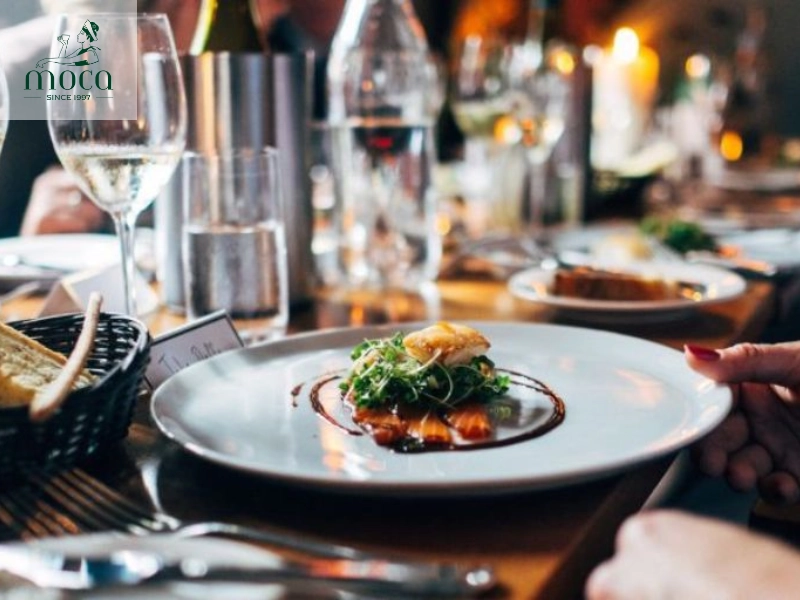
Ambiance is subjective, but Michelin values how it complements the dining experience.
5. Examples of Michelin-starred restaurants with exceptional ambiance
To further illustrate the principles discussed, let's examine a few examples of restaurants that have successfully created a Michelin-worthy ambiance:
- Hibana by Koki (Hanoi, Vietnam): Located in the luxurious Capella Hanoi, Hibana by Koki offers a theatrical dining experience centered around its intimate 14-seat teppanyaki counter. The ambiance is sophisticated and elegant, enhanced by the skillful preparation of dishes using premium ingredients flown in from Japan. The setting is meticulously designed to create a memorable and immersive dining experience, where the focus is both on the culinary artistry and the intimate atmosphere. This contributes significantly to its Michelin restaurant ambiance.
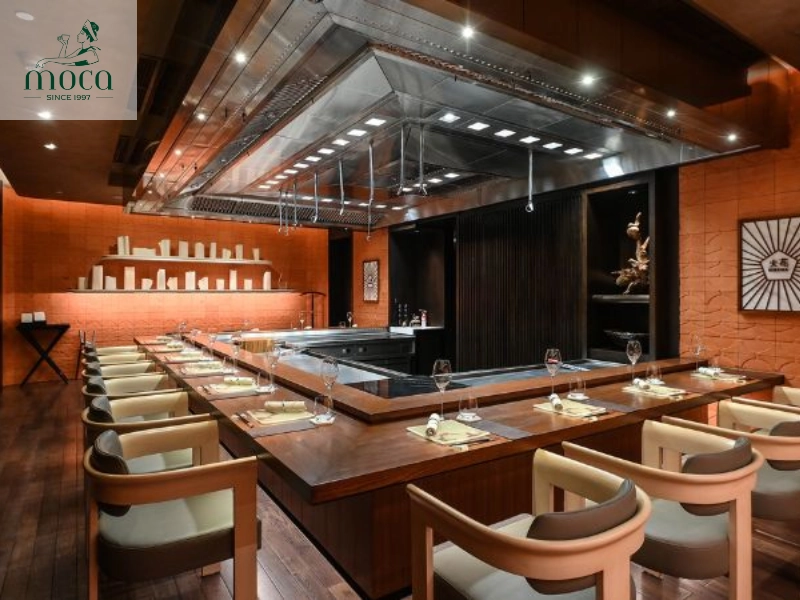
Hibana by Koki’s intimate setting and elegant ambiance elevates the dining experience.
- Gia (Hanoi, Vietnam): Set in a historic house over 100 years old, Gia is a contemporary Vietnamese restaurant that offers a unique blend of tradition and modernity. The ambiance is refined and minimalist, allowing the focus to remain on the beautifully crafted dishes. The seasonal tasting menu showcases the rich culinary heritage of Vietnam, making each visit a new adventure. The restaurant's commitment to showcasing Vietnamese culture within a contemporary setting is a key element of its Michelin restaurant ambiance.
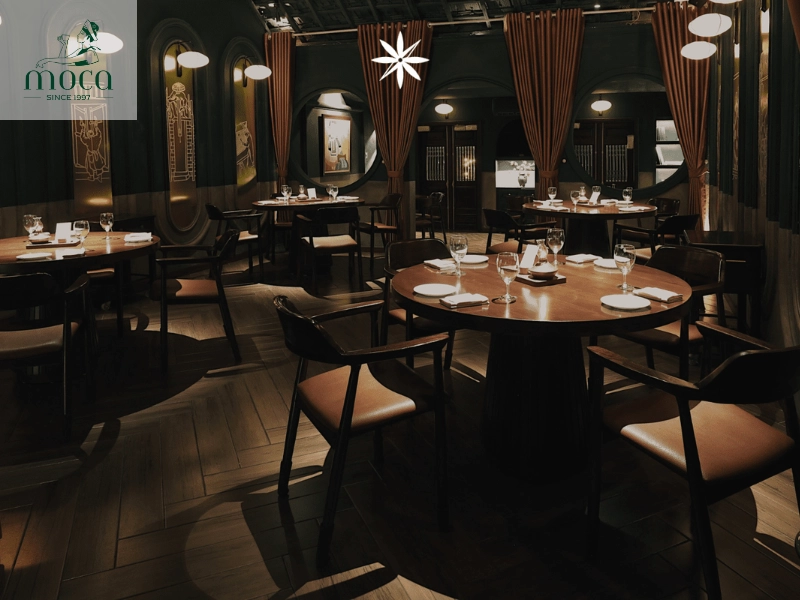
Gia's refined and minimalist ambiance enhances its celebration of modern Vietnamese cuisine.
- Tầm Vị (Hanoi, Vietnam): Known for its nostalgic decor that reflects Northern Vietnamese culture, Tầm Vị features a vintage tea house atmosphere with a collection of Chinese furniture and handwritten signs. The cozy and inviting environment complements the traditional dishes served, providing a warm and authentic dining experience. The restaurant's dedication to recreating a traditional Northern Vietnamese setting contributes significantly to its overall Michelin restaurant ambiance.
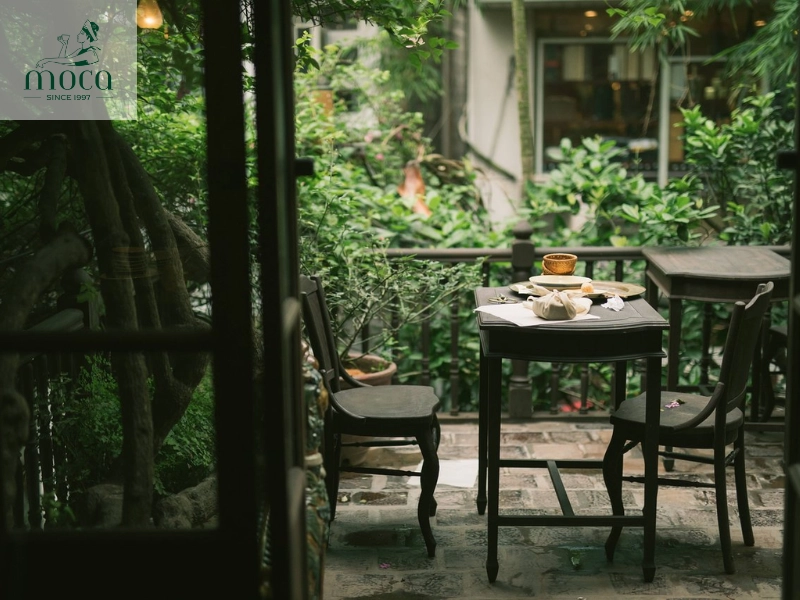
Tầm Vị’s nostalgic décor and cozy ambiance offer an authentic Northern Vietnamese dining experience.
These examples demonstrate how different restaurants can create exceptional ambiance by focusing on different elements, whether it's luxury and sophistication, cultural heritage, or nostalgic charm. The key is to create an atmosphere that is authentic, intentional, and perfectly suited to the restaurant's culinary concept and target audience.
In conclusion, crafting a Michelin restaurant ambiance goes beyond exceptional cuisine—it's about creating a holistic dining experience. Elements like thoughtful design, lighting, music, table settings, attentive service, and even subtle scents all work together to shape the atmosphere. When these details are carefully curated, they elevate the restaurant's overall appeal and enhance the guest experience. A true Michelin-worthy restaurant understands that ambiance is just as important as the food. As diners, recognizing and appreciating the effort behind a refined Michelin restaurant ambiance adds a deeper level of enjoyment to every meal.
If you're looking for more reviews on 2 Michelin stars restaurants, don't hesitate to check out Moca Dining for more insights!
For reservations and more information, simply visit Moca Dining’s official website or contact us directly. We're here to make your dining experience truly memorable.
Contact details
Moca Dining
16 Nha Tho, Hang Trong Ward, Hoan Kiem District, Hanoi
Tel: 0819961997 | 08.1997.202
